
A challenge by Toyota to find advanced mobility solutions for sufferers of lower limb paralysis has announced its finalists, which include two exoskeletons that give users improved motion and movement.
The Mobility Unlimited Challenge, which is run by the Toyota Mobility Foundation in partnership with Nesta’s Challenge Prize Center, announced its five finalists at CES in Las Vegas. Each team receives a $500,000 grant to develop their solution, with the eventual winner netting an additional $1m.
Among the five finalists are two designs that utilise exoskeleton technology to aid mobility, allowing users to sit, stand and even walk with ease.
Exoskeletons for lower limb paralysis
One of the finalists is Quix, which is developed by the Institute for Human & Machine Cognititon (IHMC), in partnership with medical device company MYOLYN, both of which are based in Florida, the US.
Quix is a powered exoskeleton that allows users with lower limb paralysis to walk with robotic assistance, which Toyota describes as offering “fast, stable and agile upright mobility”.
Key to the technology is its use of algorithms typically found in driverless vehicles, which aid with balance to improve gait and movement.
How well do you really know your competitors?
Access the most comprehensive Company Profiles on the market, powered by GlobalData. Save hours of research. Gain competitive edge.

Thank you!
Your download email will arrive shortly
Not ready to buy yet? Download a free sample
We are confident about the unique quality of our Company Profiles. However, we want you to make the most beneficial decision for your business, so we offer a free sample that you can download by submitting the below form
By GlobalData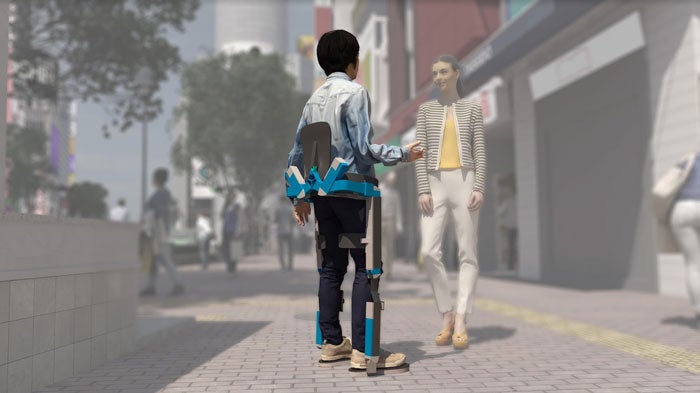
Another finalist developing exoskeleton technology to aid lower limb paralysis is Quality of Life with Locomotion (Qolo), which is developed by Team Qolo at Japan’s University of Tsukuba.
Qolo differs from Quix because it is equipped with wheels – although there is no chair to go with it. Instead users travel while standing, with the powered exoskeleton and wheels providing movement and balance.
Users control Qolo via their upper body, and the device also makes it easy for them to move from a sitting to standing position, or vice versa.
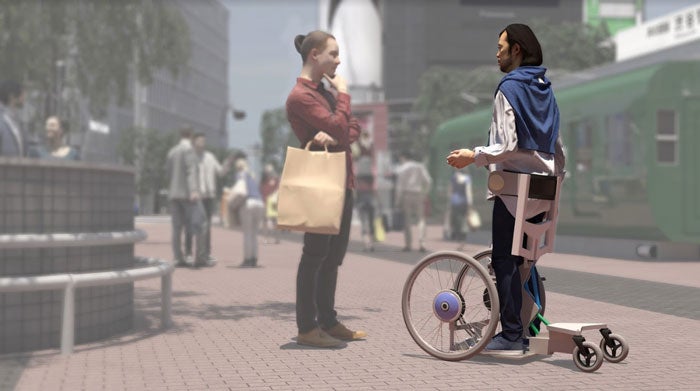
Another finalist that also provides walking assistance is The Evowalk, which is developed by US-based Evolution Devices. Instead of being a full exoskeleton, this takes the form of a non-intrusive sleeve that is worn round the leg.
Equipped with sensors, it tracks walking motion and provides targeted stimulation when required. As a result, it aids mobility while helping to rehabilitate leg muscles.
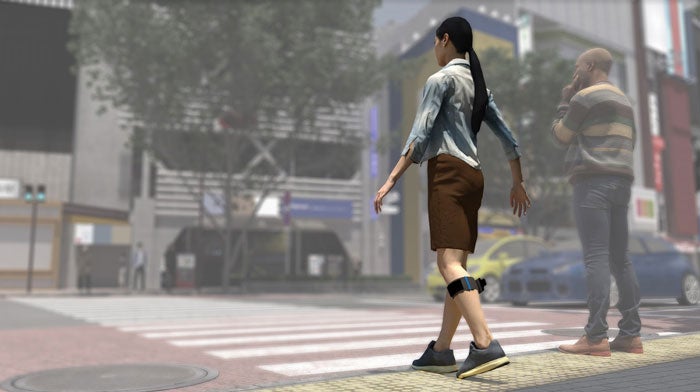
Wheelchair innovation
The other two finalists have focused on the wheelchair, providing new approaches to a staple mobility device.
The Phoenix AI Ultralight Wheelchair, which is developed by UK-based Phoenix Instinct, uses artificial intelligence to improve the experience and comfort of wheelchairs.
This is achieved through the use of smart sensors that configure the chair to response to movement and surfaces, eliminating vibrations that can cause pain. The chair also comes with power assist to improve mobility in hilly environments.
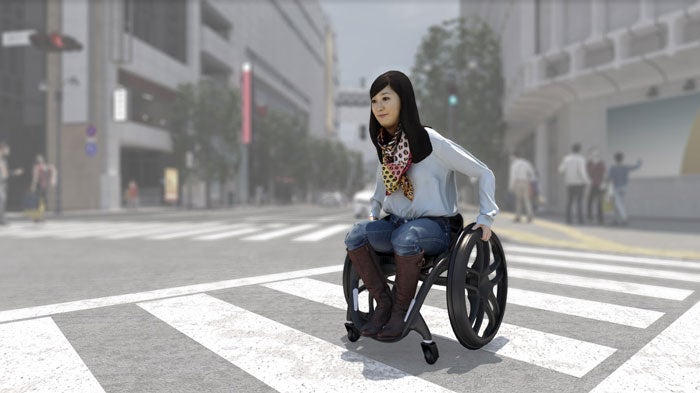
The final finalist, Moby, developed by Italy-based Italdesign, takes a different approach altogether for the challenge. Instead of focusing on a specific technology, it instead provides a mobility service akin to a cycle share scheme in key urban areas.
Users can hire a series of wheel-one electric devices for people using lightweight manual wheelchairs through an app, improving their mobility on days out or the commute.
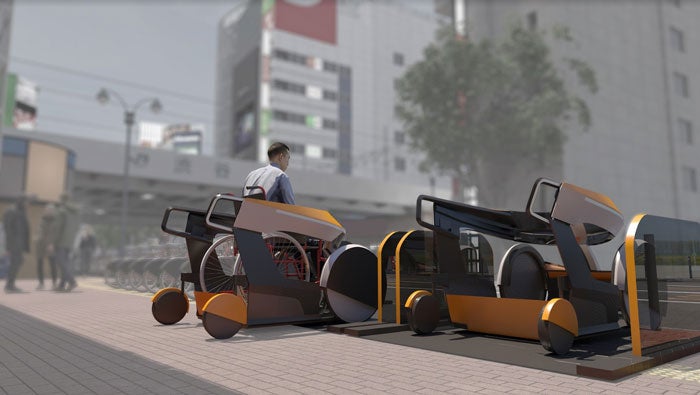
The Mobility Unlimited Challenge
The finalists of the Mobility Unlimited Challenge have been selected from 80 entries across 28 countries, and represent true innovation in a vital area.
“There are so many technological opportunities to explore approaches to alleviate challenges stemming from lower-limb paralysis,” said Dr Eric Krotkov, Chief Science Officer at the Toyota Research Institute and one of the Challenge judges.
“A competition like the Mobility Unlimited Challenge gets innovators to focus on the same problem to identify something of great common interest that serves society.
“I am excited by these finalists who have a breadth of technical approaches – wheelchairs, orthotics, braces and exoskeletons. I look forward to seeing how they will take these devices out of their conceptual stage to help our end users.”



